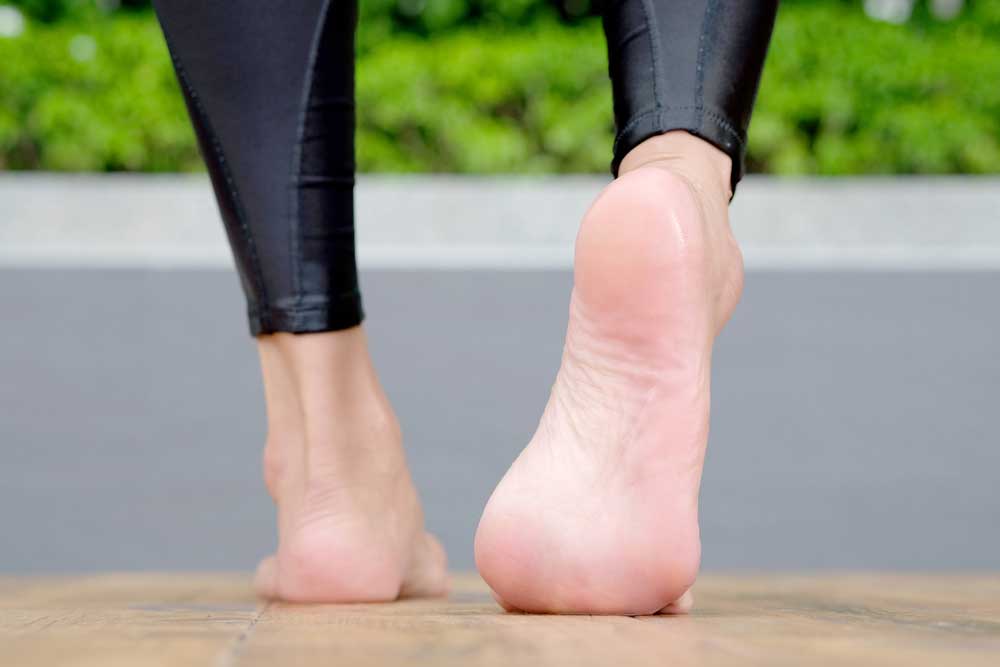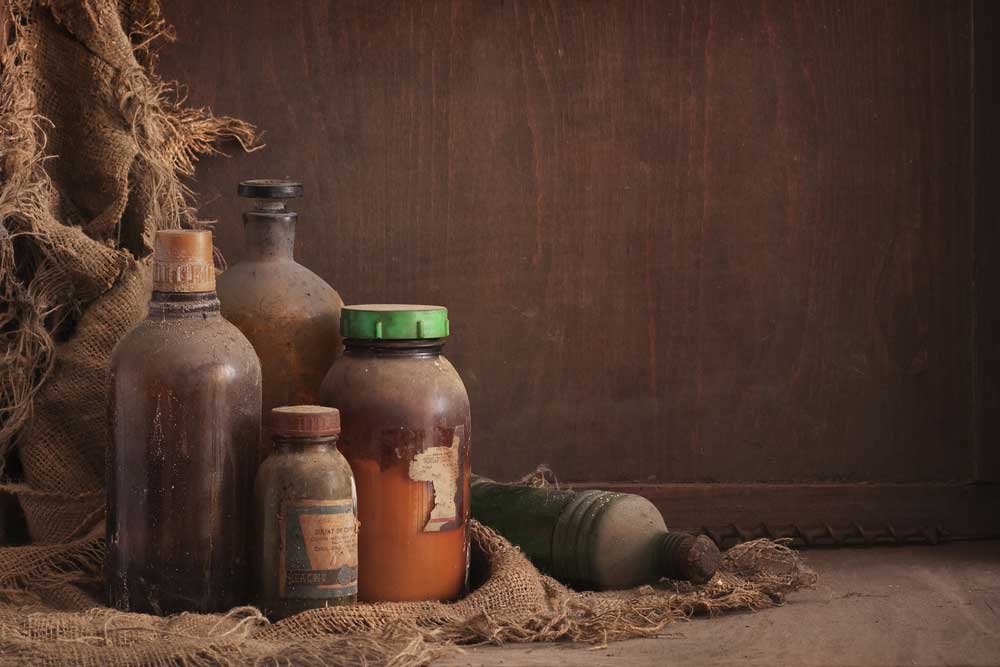Plantar Fibromatosis, or Ledderhose disease, is a rare condition. It stems from a disease called plantar fibroma, where the tissue hardens and a growth begins in the arch of your foot. Plantar Fibromatosis is diagnosed when the tissue hardens to an excessive amount, and many lumps form on the bottom of the foot.
The disease can affect one or both feet. It also can affect anyone at any age, but it is more prevalent in middle-aged or older people. The growths are not cancerous but can cause severe pain.
Should I be concerned?
As mentioned, plantar fibromatosis can cause pain and any out-of-the-ordinary pain should be a cause for concern resulting in a talk with your doctor.
Other symptoms include:
- Pain in your foot and ankle joints
- Tightening of the tissue and skin
- Foot feeling as if they are asleep “pins-and-needles sensation”
How is the disease treated?
When it comes to treatment, we still have more to do in order to fully treat and relieve the pain for those suffering with plantar fibromatosis.
Some current treatments are:
- Wearing soft shoe inserts in order to relieve pressure around lumps
- Stretching, massaging, and icing the bottom of the feet to relieve pain
- Taking anti-inflammatory drugs such as Ibuprofen, or Motrin
- Physical therapy
- Injections of steroids into the bottom of the feet to reduce inflammation and relieve pain
- If all fails, your doctor might recommend surgery
There are newer treatments and research on plantar fibromatosis, including a treatment that uses injections on an enzyme, called collagenase, to break down the thicker tissue on the bottom of the foot. This exciting research is one of the few treatments being tested that would actually resolve these painful lesions. More research is needed in order to cure plantar fibromatosis for good, so those with the disease can live their lives without the painful lumps. Currently, ENCORE Research Group is conducting clinical trials for plantar fibromatosis. For more information on our current studies click the “enrolling studies” tab.
Sources: Healthline, National Library of Medicine , FootCareMD





